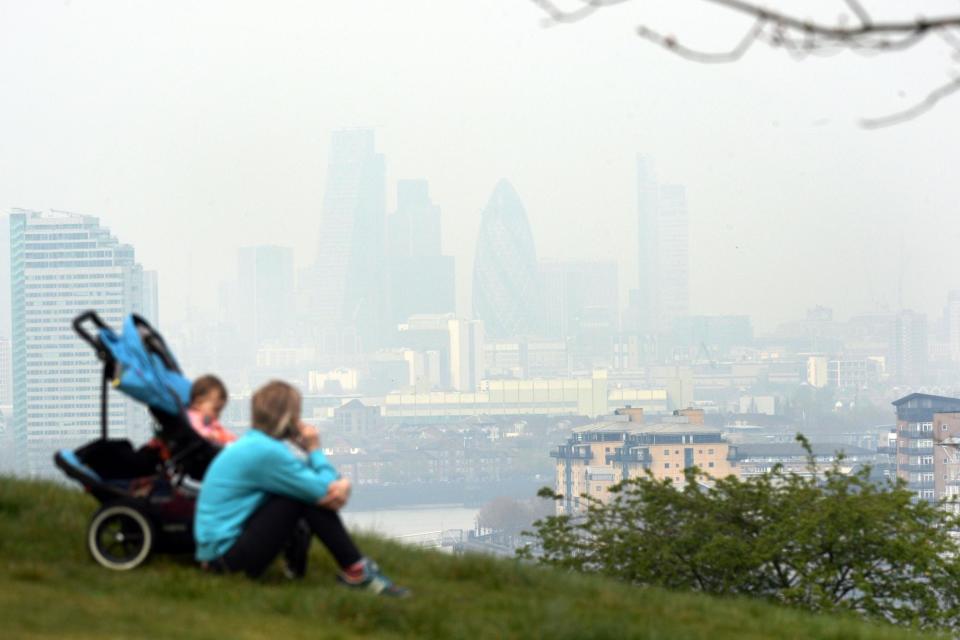Air pollution linked to higher risk of irreversible sight loss, study shows

Exposure to air pollution could increase the risk of developing a form of irreversible sight loss, a large-scale study has found.
Air pollutants, which are already known to cause a range of harmful health problems, has now been linked to a heightened risk of age related macular degeneration (AMD).
AMD is a progressive form of sight loss which forms the leading cause of irreversible blindness in the over-50s in wealthy countries such as the UK.
Known risk factors include older age, smoking and genetics.
The research drew on data from 115,954 participants of the large scale community-based UK Biobank study, which involved more than half a million people.
All the participants were aged 40-69 at the start of the study and had no eye problems, and were asked to report any subsequent diagnosis of AMD by a doctor.
And 52,602 people whose eyes were examined with retinal imaging were assessed for structural changes in the thickness and numbers of receptors in the retina which are indicative of AMD.
The study also drew on estimates for pollutants including fine particles known as PM2.5, nitrogen dioxide and nitrogen oxides, which largely come from combustion in sources such as vehicle engines, to calculate average annual air pollution at people’s home addresses.
Just over 1 per cent of the overall group, 1,286 people, were diagnosed with AMD, the study published in the British Journal of Ophthalmology found.
Analysis found that, once other factors such as lifestyle and underlying health conditions were taken into account, participants exposed to higher levels of concentrations of PM2.5 were 8 per cent more likely to report they had been diagnosed with AMD.
PM2.5 and other pollutants were also associated with changes in the structure of people’s retinas.
The researchers said the study was an observational one, which did not intervene with people’s lives, and could not prove that pollution caused sight loss.
But it echoes findings elsewhere in the world, they said, and suggested higher exposure to air pollution may make the cells in the eye’s retina more vulnerable and increase the risk of AMD.
Read More
Ella Kissi-Debrah inquest: Family seeks damning pollution verdict
Thousands of coronavirus deaths 'could be linked to air pollution'

 Yahoo Finance
Yahoo Finance 